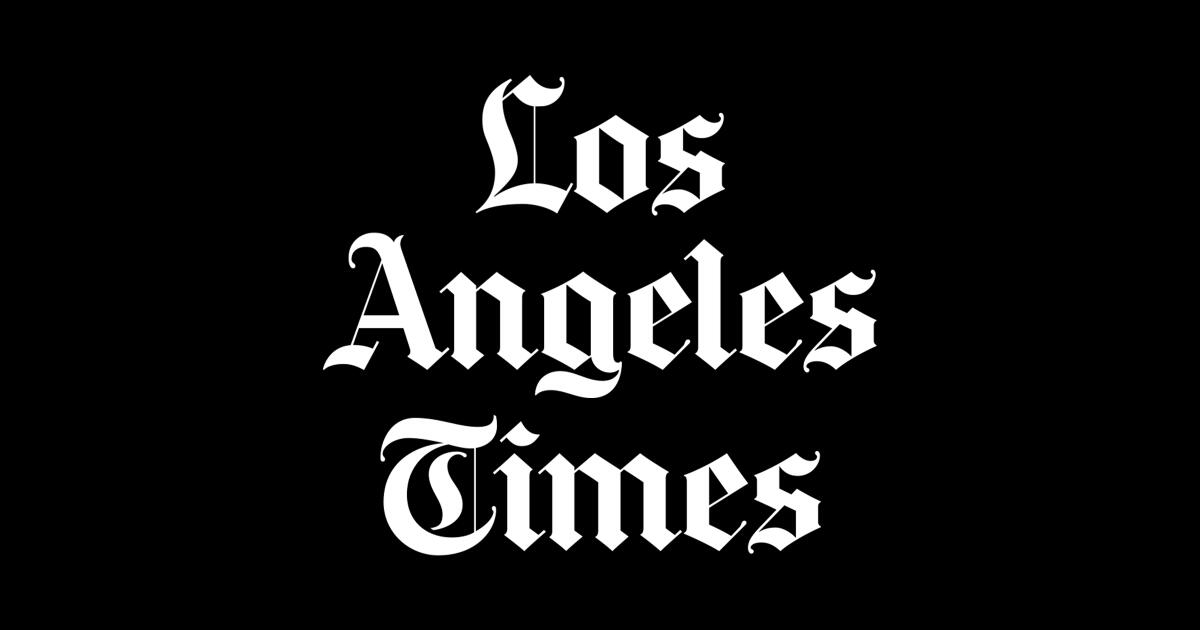Schwarzenegger signs two renewable energy measures
Gov. Arnold Schwarzenegger has approved two major initiatives that will require utilities to pay consumers for generating extra power and will boost the payoff for certain solar facilities.
Homes, businesses and schools that have solar panels or wind turbines previously had no financial incentive to use less electricity than they generated. But AB 920, written by Assemblyman Jared Huffman (D-San Rafael), will encourage efficiency, supporters say.
SB 32, by state Sen. Gloria Negrete McLeod (D-Chino), requires utilities to purchase solar electricity from facilities that produce up to three megawatts and could increase installations on unused spaces such as warehouse roofs. The old limit was 1.5 megawatts.
The two bills will go into effect Jan. 1. Schwarzenegger signed them late Sunday, the last day to act on bills from this year’s legislative session.
Under AB 920, the state Public Utilities Commission will set a rate for utilities to compensate customers whose solar or wind systems produce more power than they use in a year. Under California’s current law, customers are not paid for any surplus electricity they feed back into the grid.
The state requires that when a consumer installs a solar power system, it be the right size to produce only enough power necessary for on-site use. Rebates from the California Solar Initiative, overseen by the utilities commission, discourage anything larger. So customers who later reduce their energy consumption often end up underutilizing their solar panels.
“The current system instills a perverse incentive for people to waste their solar electricity just so they don’t give it away for free to the utilities,” said Bernadette Del Chiaro, a clean energy advocate with Environment California, which sponsored the bill.
The new law could boost sales of photovoltaics, especially in regions with sunny summers. Homes that use less power than they did when their solar panels were installed — such as those that add energy-efficient appliances, insulation or weatherproofing — and those with children who have moved out can also benefit.
“This bill applies to individual homeowners as well as small businesses, farms, wineries, schools and even affordable housing developments,” Huffman said in a statement.
Customers can either receive a check for the extra energy or have credit rolled forward on their electricity bills. Experts, however, said they should expect little profit.
SB 32, meanwhile, could spark more interest in commercial rooftop systems. The law expands an existing program to include municipal utilities, which now must purchase solar power at a set rate until they reach their portion of a statewide 750-megawatt cap. The limit was previously set at 500 megawatts.
The utilities commission will set the rate, which will be higher than market price after incorporating environmental compliance costs and other benefits, said Sue Kateley, executive director of the California Solar Energy Industries Assn., which sponsored the bill.
Between the sweeping solar installations in the desert and the small-scale ones on homes, she said, there had been a category of properties that had plenty of space but didn’t use enough power to justify setting up huge solar panels.
But now, owners of large storage units and similar low-energy facilities will be able to install solar power systems and sell the extra electricity back to the utilities, a program known as a feed-in tariff.
The program took cues from countries such as Germany — where, some in the industry have complained, a similar tariff format stimulated the market so much that prices of solar energy shot too high. Other critics are worried that the tariff could be too low to interest investors.
“We didn’t want to replicate the German model, which was a social movement to create an industry,” Kateley said. “In California, we already had an industry, but we wanted to fill a market gap. And within the community, it’s really exciting because this law will create local jobs.”
In a note to the state Senate on Sunday, Schwarzenegger encouraged the utilities commission to continue investigating an expanded tariff for small to medium-size producers of renewable energy.
“In order to meet our greenhouse gas emission reduction goals and a Renewable Portfolio Standard of 33% by 2020, we will need to use all the tools available under our existing programs,” he said.
But Schwarzenegger vetoed a slate of bills — including SB 14 and AB 64 — that would have required the state to rely on renewable resources for at least one-third of its electricity. He has issued an executive order to meet the 33% goal using a different plan and supports efforts to create 1 million solar roofs by 2018.
Assemblyman Paul Krekorian (D-Los Angeles), chairman of a renewable energy committee, called the vetoes a dangerous setback. The bills, Krekorian said, would have created “green” jobs and steadied price volatility while cutting market manipulation from solar hubs outside of California. He said the vetoes would sour developers to the California market, leading them elsewhere.
“If we don’t get started now,” he said, “our opportunities to complete projects are going to be missed.”
—


